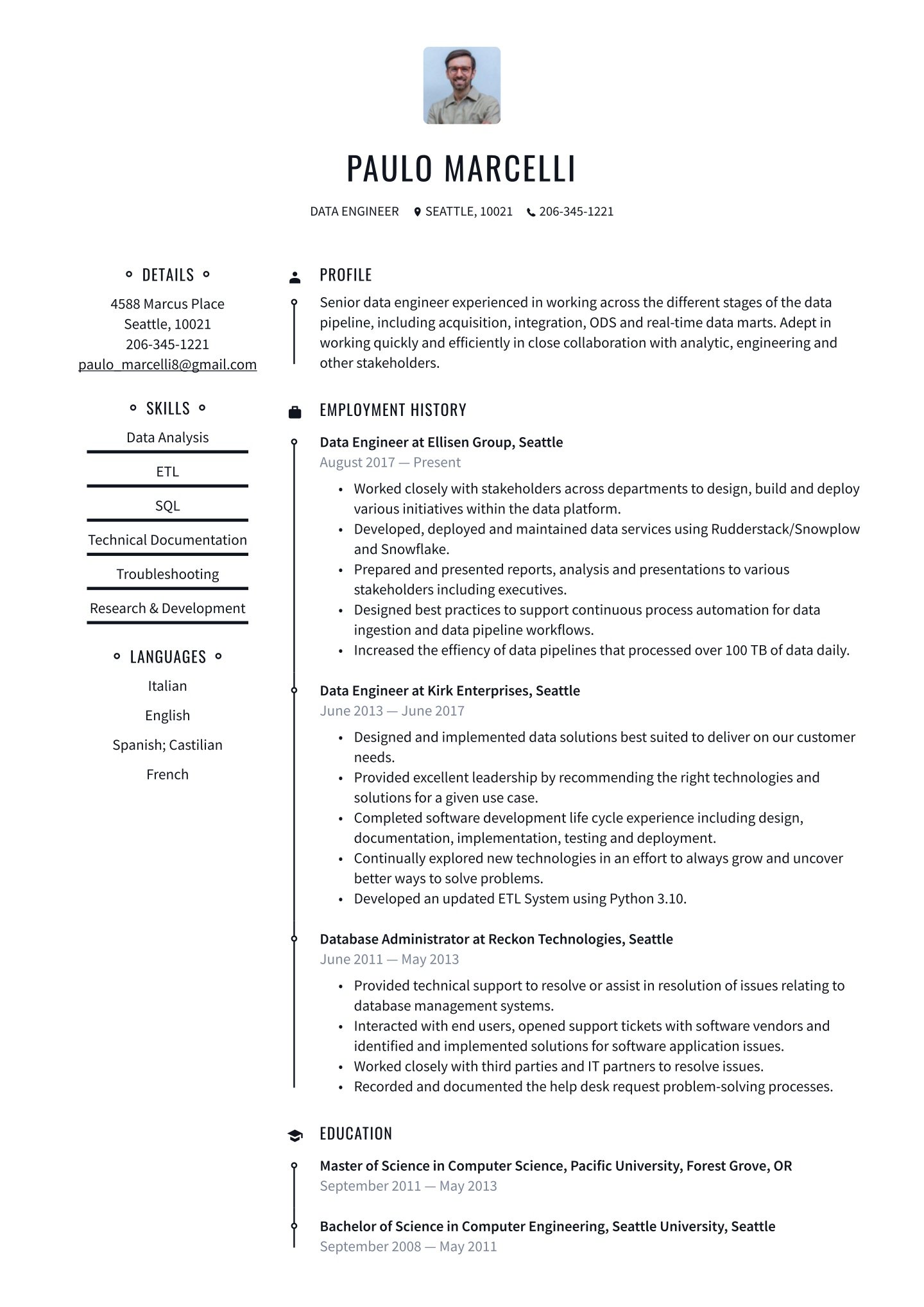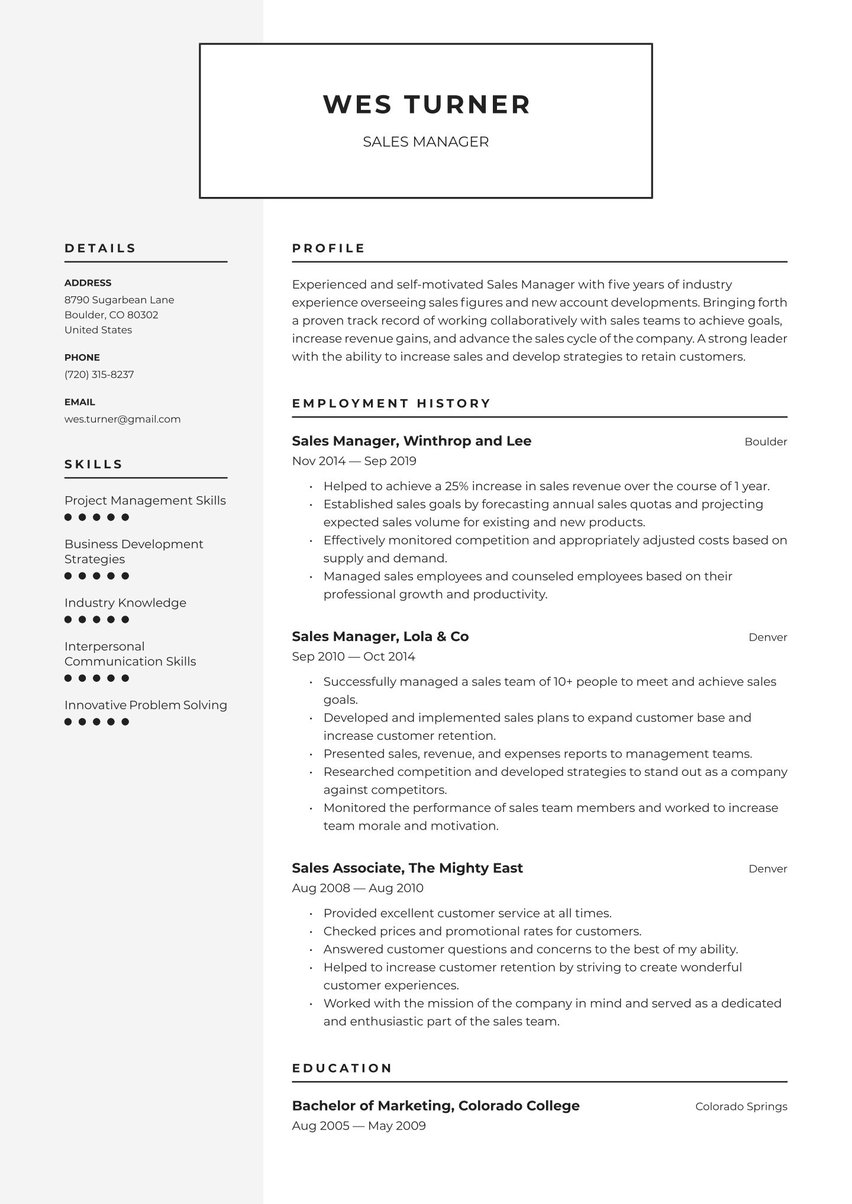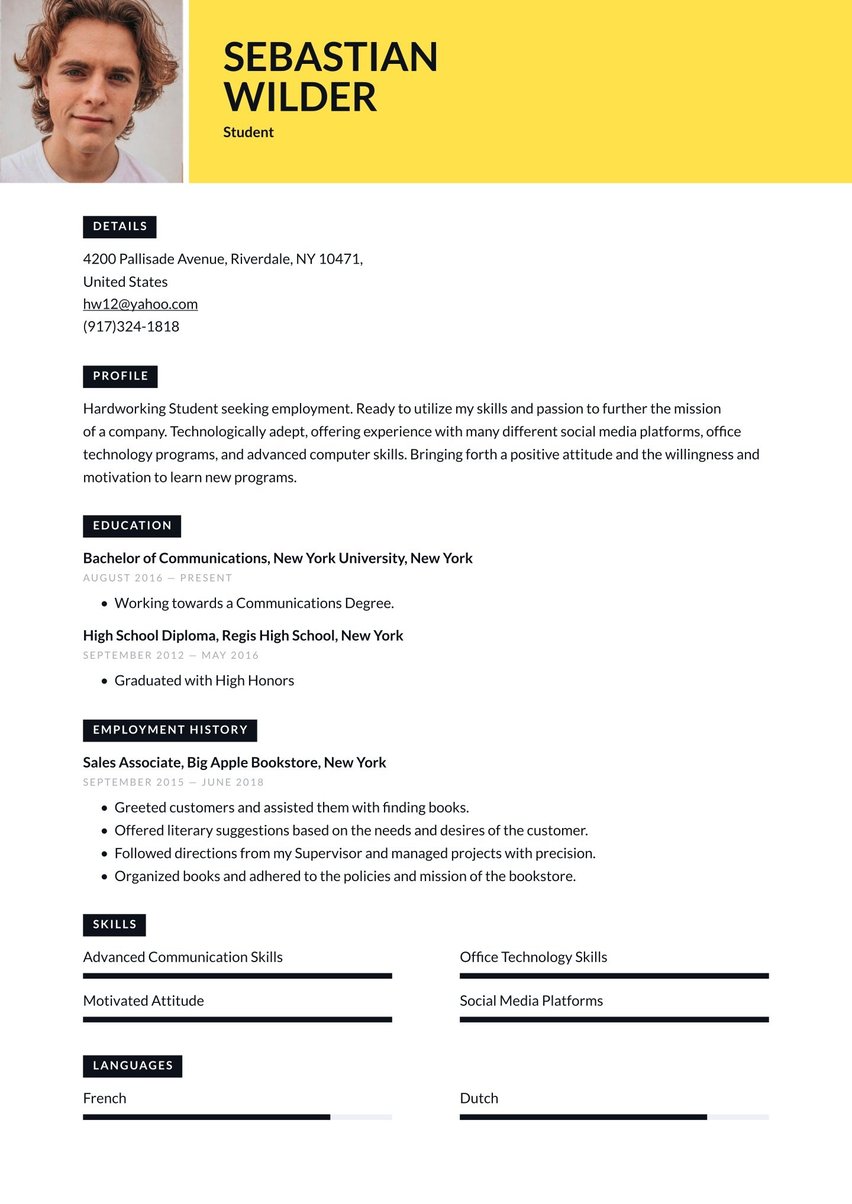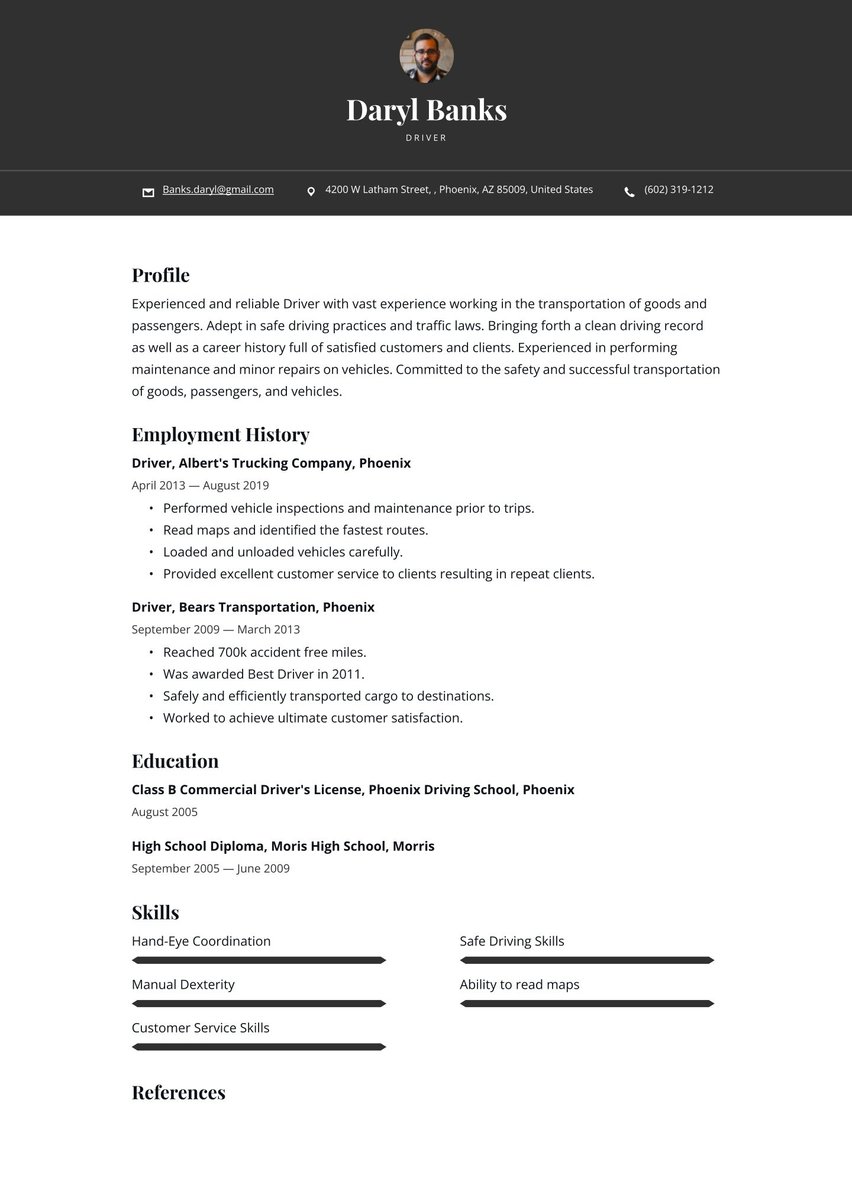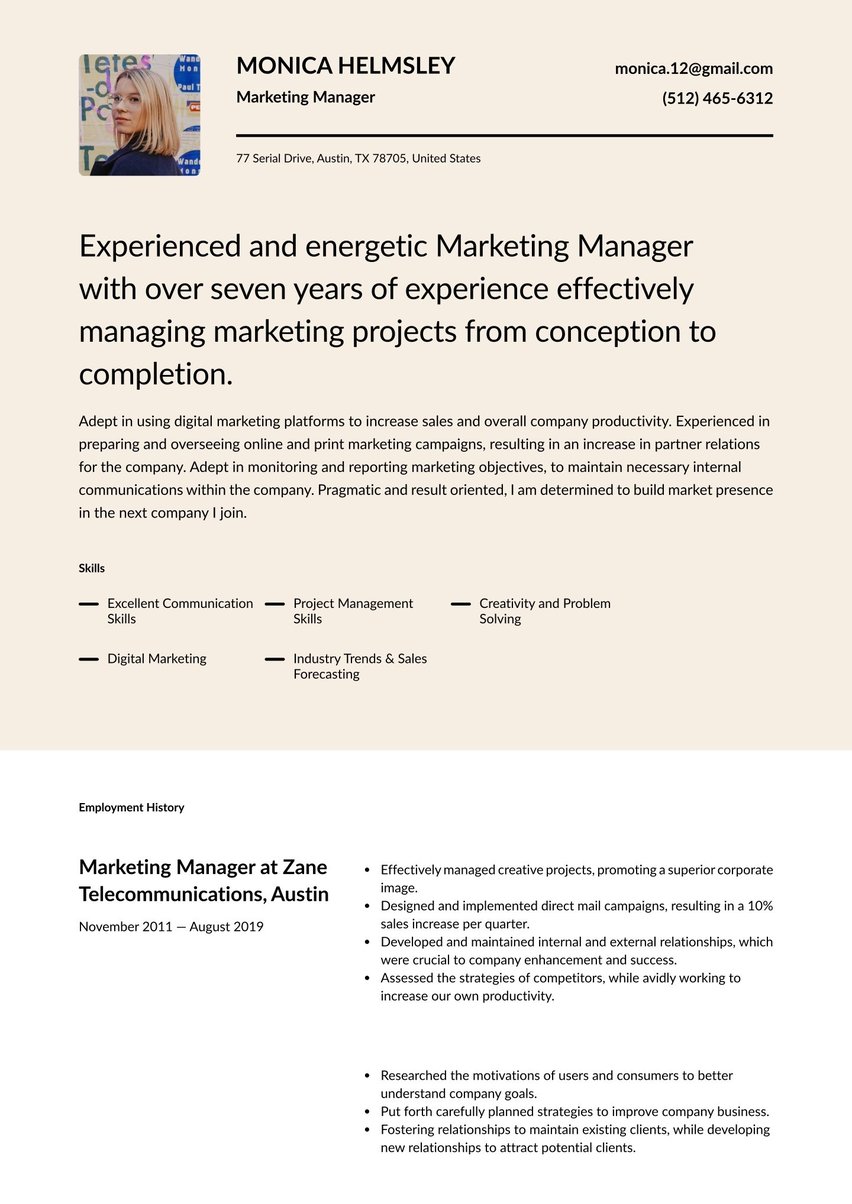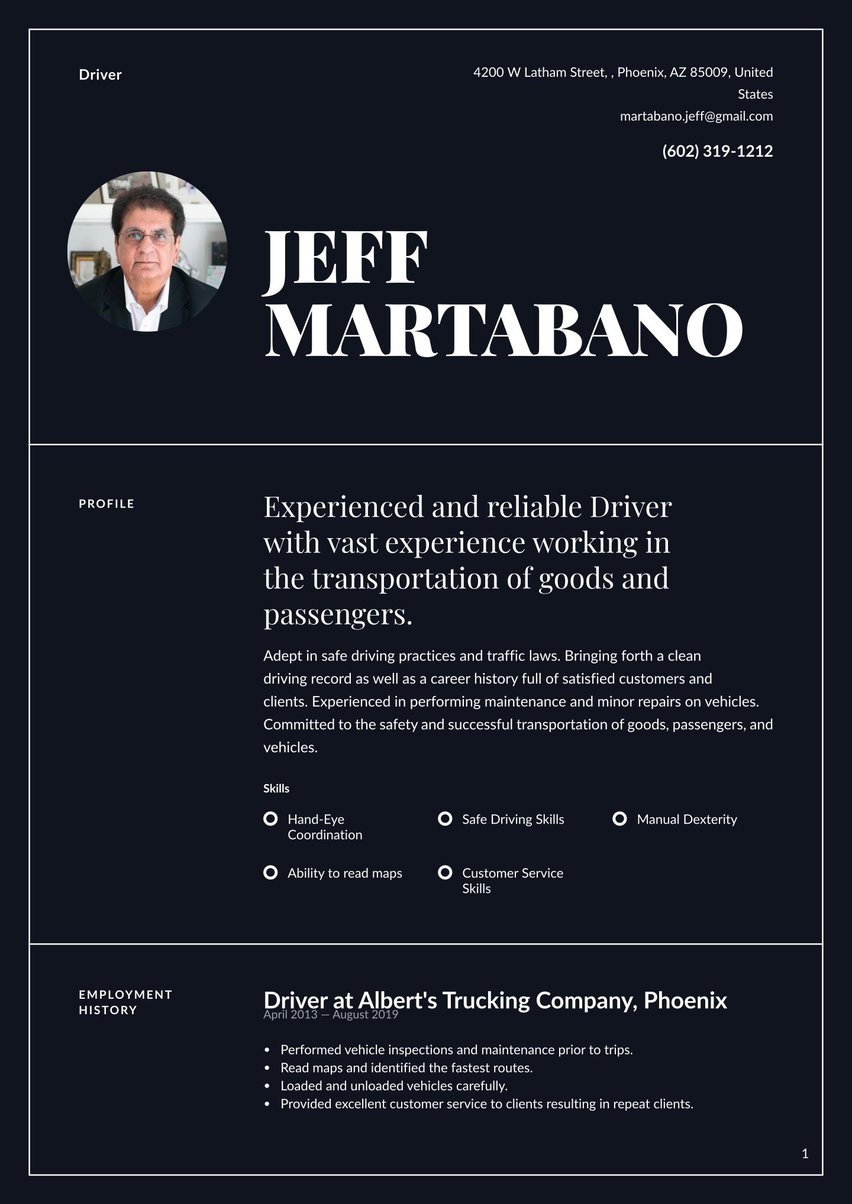Solutions-driven and detail-focused AI automation and test engineer with broad expertise in manual and automated testing of diverse systems and products. Skilled in design, development and application of automation suites to ensure defect-free product functionality.
08/2017 - present, Automation Tester, HubSpot, Cambridge, MA
- Utilized Selenium WebDriver and Python to develop automated test scripts, reducing manual testing efforts by 40%.
- Collaborated with development teams to identify and prioritize test cases based on risk and impact.
- Spearheaded regression testing and analyzed test results, ensuring timely defect identification and resolution.
06/2016 - 08/2016, QA Intern, TripAdvisor, Needham, MA
- Gained hands-on expertise in development and execution of manual and automated test cases.
- Contributed to agile testing processes, as well as sprint planning and defect tracking.
- Interfaced with development teams in documenting test results and presenting detailed bug reports.
- Agile Methodologies
- Test Automation
- Functional Testing
- Automated Regression Testing
- Manual & Automation Testing
- Test Cases & Reports
- Project Requirements & Deliverables
- Debugging & Defect Testing
- Functional Specifications
- Process Documentation
Being a successful automation tester requires technical chops and strong attention to detail. You’re responsible for using automated testing tools to test software systems and applications and ensure they’re working in tip-top shape for the end user.
Automation Tester resume examples by experience level
But when it comes to writing an automation tester resume, it can feel like a neverending bug fix. The good news is that you can leverage exactly what makes you a strong tester and craft a winning resume for automation test engineer jobs.
Resume guide for an automation tester resume
Avoid resume defects and bugs with Resume.io. Our expert guides and resume examples cover over 500 careers, and our resume builder makes it easier than ever to build a resume that gets you the job.
This resume guide and corresponding automation tester resume sample will cover the following:
- How to write an automation tester resume
- Choosing the right resume format for automation testing
- How to add your contact information
- Using summaries
- Adding your automation testing experience
- Listing education and relevant experience
- Picking the right resume design/layout
- What the automation tester market looks like, and what salary you can expect
How to write an automation tester resume
The very first step in writing your automation tester resume is understanding the necessary sections to include. Your resume should contain the following elements:
- The resume header
- The resume summary (also called a profile or personal statement)
- The employment history section
- The resume skills section
- The education section
Applying to a job requires ensuring your resume is error free and ready for review, just like releasing a software application to the public. You want to make sure your automation testing resume presents your skills in the best light and shows your unique skills and talents as a tester. In other words, you’re sharing your unique value proposition.
For the most success, stick to this formula:
- Highlight your accomplishments rather than simply your responsibilities. Anyone can provide a list of tasks they were assigned, but the best way to prove your unique value is by displaying specific achievements.
- Keep the end user in mind by tailoring each resume to the specific company. That means adjusting your style and tone to that of the organization as well as matching the language and keywords in the job posting.
- Present a professional image by using a resume template that’s polished but not overly stuffy or cluttered with jargon.
- Pepper your resume with relevant keywords so you’re sure to pass through review by recruiters or any ATS screening software.
Optimize for the ATS
An applicant tracking system, or ATS, is a system companies use to collect, track, and manage applications. Advanced systems may use algorithms that scan resumes for keywords that match the job description, ranking the top for prioritized review.
For example, if an automation testing job posting lists the following requirements:
- “Automation tester”
- “5+ years of experience”
- “Python knowledge”
- “Unit testing tools”
Your resume profile summary, when integrating the keywords, could read:
“Experienced automation tester with 5+ years of experience in test development and execution. Expertise in Python and extensive experience leveraging various unit testing tools.”
Choosing the right resume format for automation testing
As a technologist, you know the value of straightforward, clear information. Keep this in mind as you create your test automation resume.
The best way to keep your resume clear and concise is by using the reverse chronological format. That means focusing your resume on your employment history, presenting it from your current experience back through your past history.
In some situations, such as career changes, it can make sense to use an alternative format like the functional format, which puts the focus on your skills rather than your specific work history. This option, or a hybrid format that combines both functional and reverse chronological, can also be beneficial if you want to focus mostly on your technical skills.
You can get an idea of your options by checking out the resume templates in our resume builder. Just select the format that best suits your situation to get started. To see the three formats in action, check out the numerous versions we have as resume examples.
When it comes to your resume’s design, you should use a clean, easy-to-read modern layout to present your information in the best light possible.
Include your contact information
To run a test, you need to know how the application should work and what type of issues you might be looking for—as well as who to share the information with.
Your resume is no different: you have to provide the right details so the hiring team knows who you are, what you’re looking for, and how to reach you. You can do this via your resume’s header.
It’s most important here to ensure your contact information is easily accessible, but it should also be presented professionally. Include the following:
- Full name & title. List your first and last name and the title of the role you’re pursuing.
- Professional email address. Use a clean format like firstname.lastname@gmail.com. Don’t use a quirky or unprofessional email address.
- Phone number. List a number where you can be easily reached, and make sure you have a professional voicemail greeting set up (and that your mailbox isn’t full!).
- Location. List only your city and state, not your full street address. That’s both outdated and unsafe. No need to specify your zip code, either. If you’re willing to relocate, note that here.
- LinkedIn. If your LinkedIn profile is active, relevant, and shows your tech network and knowledge, include it here.
Don’t include:
- Date of birth. It’s not necessary and could lead to age discrimination.
- Personal details. Marital status, social security number, passport number, etc.
John Smith
Looking for a testing job
automationwizard@resume.io
123 Maple Street, Seattle, WA 98101
Make use of a summary
Your resume summary is where you can share your expertise and personality, proving to the hiring team that you’re the tester they’ve been looking for.
In 2-4 sentences, you’ll use this space to introduce yourself to the employer using action verbs to display your achievements and accomplishments. Avoid simply listing job duties; instead, paint the picture of the value you’ve brought to past organizations. Quantifiable achievements are best when possible.
Your summary should show the overarching themes of your career, rather than repeat information found elsewhere on the page. For example, demonstrate your unique value through a line like, “Known for exceptional work resulting in 40-50% reductions in testing time and 25% increases in test coverage.”
Think about how you want the company to view you. Should they see you as modern, user-friendly software that delights and simplifies? Or a strong, standardized system that provides dependable support? Either option has value, and this is where you can show yours.
Need inspiration for your summary? Check out our related resumes:
- Systems Analyst resume sample
- Technical Project Manager resume sample
- Computer Science resume sample
- Network Engineer resume sample
- IT Director resume sample
- Software Engineer resume sample
- Film and Video Editor resume sample
- Motion Graphics Artists resume sample
- Network Systems Analyst resume sample
- 3D Animator resume sample
- Software Developer resume sample
- Web Developer resume sample
- Programmer resume sample
- Data Scientist resume sample
- Data Analyst resume sample
- IT Project manager resume sample
You can find adaptable automation tester resume example summaries below:
Entry-level automation tester with a strong foundation in programming and software testing methodologies. Eager to apply knowledge in a professional setting to contribute to the enhancement of software quality and efficiency.
Automation tester with 5+ years of experience designing and implementing automated testing solutions. Skilled in utilizing various testing tools and frameworks to streamline processes and improve product quality. Expert fluency in Python and SQL. Proven success collaborating with cross-functional teams to deliver high-quality software.
Experienced automation testing leader with over 10 years of experience leading complex testing initiatives. Recognized for developing innovative automation strategies resulting in improved efficiency and product quality. Adept at leading and mentoring junior team members and driving continuous improvement across the organization.
Outline your automation testing work experience
When drafting your employment history section, list your current or most recent role at the top and work your way back through the past 10-15 years of experience. Stick with experience that’s directly related to the role you’re targeting. If you have other experiences you feel passionate about including, you can create an “other experience” section and list it there.
Underneath each employer/role heading, list your contributions and achievements in concise bullet point statements, omitting pronouns like “I” or “my.” Remember to use action verbs: automated, achieved, improved, innovated, managed, reduced, etc.
Don’t just list job duties; instead, demonstrate tangible outcomes and accomplishments. For example, many resumes look like this:
- "Tested software for bugs.”
- "Used various coding languages.”
- "Improved efficiency.”
While those are certainly all aspects of a typical automation tester role, they don’t provide any insight into what you are capable of and how you can help a company succeed. Rather than listing tasks, replace them with results-based points and quantify those results.
Check out these reworked versions of the phrases above:
- "Tested software to detect and resolve bugs, employing rigorous testing protocols to reduce bug identification time by 30%.”
- "Leveraged diverse coding languages to automate testing processes, including Python and Java.”
- "Increased testing efficiency by 40% by implementing automation strategies, developing robust frameworks, and streamlining workflows.”
Take a look at the automation tester employment history resume sample below:
Automation Tester at HubSpot, Cambridge
August 2017 - Present
- Developed and maintained automated test scripts using Selenium WebDriver and Python, reducing manual testing efforts by 40%
- Collaborated with development teams to identify and prioritize test cases based on risk and impact
- Conducted regression testing and analyzed test results, ensuring timely detection and resolution of defects
QA Intern at TripAdvisor, Needham
June 2016 - August 2016
- Assisted in the development and execution of manual and automated test cases
- Participated in agile testing processes, contributing to sprint planning and defect tracking
- Documented test results and provided detailed bug reports, facilitating effective communication with development teams
How to write an automation tester resume with no experience
If you’re hoping to land an automation tester role without direct experience, there are elements you can incorporate to make yourself a more attractive candidate.
Start by emphasizing your transferable skills and your passion for technology. If you’ve held related roles, such as work as a software developer or web designer, display them on your resume. If you’re a self-taught coder, create a section to list your projects.
Focus on your educational background in technology, whether that’s a university degree, a boot camp, or a certification program. Include any relevant courses, workshops, or training programs that align with the tech industry.
Remember, too, that transferable skills go beyond just technical aptitude—show off your project management expertise, attention to detail, and communication and collaboration skills.
Include the relevant key skills that make you a great automation tester
A dedicated skills section is a great place to list your automation testing skills on your resume. You’ll want to provide a mix of hard and soft skills to give the full picture of your comprehensive expertise.
Hard skills include coding languages, testing frameworks or methodologies, and specific software.
On the other hand, soft skills—like exceptional communication skills, an affinity for quick learning, or cross-functional collaboration—can also show your talents as a tester.
Resume.io’s resume builder offers numerous key skills to choose from, or you can write in your own.
Here’s what the skills box looks like in our automation tester resume template.
Key Skills and Proficiencies
Of course, the skills section is not the only place to include your skills. Instead, showcase your talents throughout your resume and demonstrate them in action by sharing specific examples and achievements.
For example, within your work experience section and professional summary, you can highlight your
- Technical skills by describing the software, languages, and frameworks you use most frequently
- Collaboration skills by detailing cross-functional projects you’ve contributed to or led
- Analytical skills by showcasing issues you uncovered and resolved, or patterns you noticed when testing for bugs
The job description is a great place to start when trying to determine the best skills to include.
Detail your education & relevant automation tester certifications
For most professionals, including automation testers, the education section is pretty straightforward. You’ll simply list your academic achievements (also in reverse chronological order). If you have a college degree or higher, there’s no need to include your high school education.
This section isn’t just for formal education. It’s also a great place to list relevant certifications or trainings. For example:
- Training and certifications. Courses, workshops, or even webinars that developed your technical aptitude.
- Internships. If you interned as a tester during college or grad school, it can be helpful to mention it here, especially if you worked for a well-known company.
- Professional development. Memberships in business or trade associations, the Association for Software Testing, show your passion for staying up-to-date with industry changes and trends.
Bachelor of Science in Computer Science, Northeastern University, Boston
September 2013 - May 2017
Pick the right resume layout and design for an automation tester resume
You know the importance of making sure software is user-friendly and meets the customer’s needs, and your resume is no different.
Your resume should grab the hiring manager’s attention and make it apparent what you’re all about—and why they should hire you. That’s why your resume design should be professional, simple, and reader-friendly, while being pleasant to look at.
That means avoiding gimmicks, flashy fonts, or too many colors. A pop of color is fine, as is simple black and white. We recommend structuring your resume with clean lines and a sleek layout, like our Santiago template.
While there’s no shortcut to a perfect resume, there are ways to make it easier. Our field-tested resume templates take care of the most tedious formatting and structural tasks for you.
Profile
To obtain a position as an Automation Tester where I can leverage my expertise in developing and executing automated test scripts to ensure software quality. With my strong background in automation testing and passion for delivering high-quality products, I am committed to contributing to the success of the QA team and the overall organization.
Employment history
Automation Tester at HubSpot, Cambridge
August 2017 - Present
- Developed and maintained automated test scripts using Selenium WebDriver and Python, reducing manual testing efforts by 40%
- Collaborated with development teams to identify and prioritize test cases based on risk and impact
- Conducted regression testing and analyzed test results, ensuring timely detection and resolution of defects
QA Intern at TripAdvisor, Needham
June 2016 - August 2016
- Assisted in the development and execution of manual and automated test cases
- Participated in agile testing processes, contributing to sprint planning and defect tracking
- Documented test results and provided detailed bug reports, facilitating effective communication with development teams
Skills
- Proficient in Selenium WebDriver, Python, and Java
- Experience with testing frameworks such as pytest, unittest, and JUnit
- Familiarity with agile testing methodologies and tools (JIRA, Cucumber)
- Strong understanding of software development life cycle (SDLC) and testing processes
- Excellent problem-solving and analytical skills
- Strong attention to detail and ability to work in a fast-paced environment
Education
Bachelor of Science in Computer Science, Northeastern University, Boston
September 2013 - May 2017
Automation tester job market and outlook
The past few years have been a wild ride for the tech industry with massive hiring one minute and large-scale layoffs the next.
Technological advancements aren’t slowing down, however, so the industry is steadily growing. In fact, it’s growing much faster than the average industry, meaning there is plenty of opportunity for those looking to make a career as an automation tester.
- The market for software developers, QA analysts, and testers is expected to grow 25% over the next decade.
- About 451,200 new jobs for testers and developers are projected between 2022-2032.
- The Bureau of Labor Statistics (BLS) estimates about 153,900 job openings per year.
What type of salary you can expect in automation testing
Automation testers typically earn a base salary, as well as potential bonuses and company equity. The BLS reports that the median pay for testers and QA analysts is $99,620 per year. This is a bit lower than the median salary for software developers, which is approximately $127,000.
Key takeaways for building an automation tester resume
Automation testing is a great way to combine technology chops with analysis and problem solving. Plus, you can feel a sense of accomplishment knowing you’re stopping bugs in their tracks and ensuring quality software for all users. Landing the testing job of your dreams requires crafting an automation test engineer resume that proves your value.
Our online resume builder can help make the application process simpler, making it more efficient and less stressful for automation testers and other software professionals.


.jpg)

.jpg)




